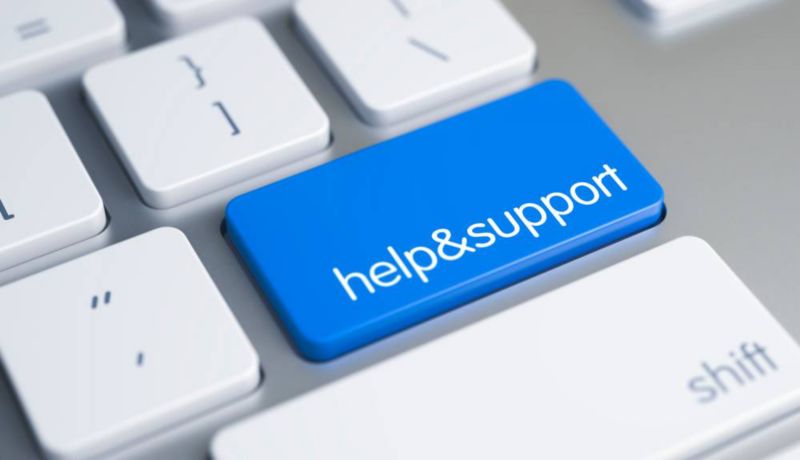Open Educational Resources are freely accessible and openly licensed teaching and learning materials that can be reused, shared, revised and remixed.
Benefits of Open Educational Resources
Open Educational Resources (OERs) include textbooks, quizzes, games, videos, and other course materials. Adopting OERs come with many benefits, including:
- customisation - allows academics to customise course materials
- currency – material can be quickly updated to reflect new knowledge
- cultural diversity – can reflect the diverse student voice and include first nations representation
- student affordability – help to lower the cost of study
- access flexibility– ongoing access to free learning materials from anywhere at any time
- equity - all students have access to the same learning materials
- deeper learning – the multiple format content may enhance the learning experience, increasing student engagement, and course completion.
Need more information?
The Library's Teaching support team can help
Ask us for:
- OER recommendations for new course development and those undergoing a review activity
- advice on how to replace commercial textbooks with OERs
- advice on embedding OER content in Canvas
- advice on open licensing and Creative Commons.


Ed Talks: Open Educational Resources
James Glapa-Grossklag, the Dean of Educational Technology from the College of the Canyons in Southern California talks about the importance of Open Educational Resources during his visit to RMIT. (3:14 mins).


